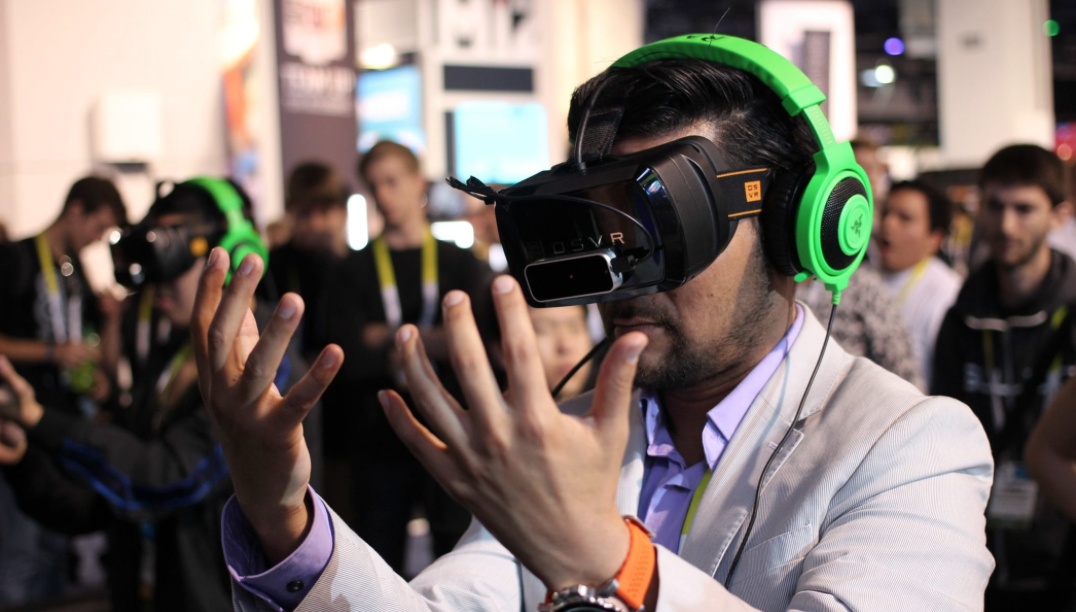Experience-based learning also encourages experimentation, embraces curiosity and (maybe most importantly) turns mistakes into a natural part of the learning process, rather than grounds for punishment of those being taught. It’s no wonder it’s such a powerful form of learning – it’s how we’ve been learning things throughout our existence. Our current system understands this, as experiential learning isn’t completely absent from schools. Art and/or science class is very hands on, and there’s one type of experiential task that teachers love but students do not: homework.
Teachers give homework because it works when a student actually does it. To complete homework assignments, a person has to think about what they’re doing, perform the task and reflect throughout the entire process. But from a user-experience standpoint, homework is fairly boring – it doesn’t play with most of the senses, its predictable and it usually isolates students (not exactly exciting to complete). So why don’t we try to do things differently?
Basically: it’s hard. Coming up with new ways to teach history, math, biology experientially is a huge design challenge, even more so when you’re trying to do it without dollars to back it up. Plus, we’ve taught subjects using books and a board on the wall for as long as any of us can remember, so how would we go about engaging all senses, making learning active and social, keeping the cost low and achieving all learning goals?
The Dawn of Immersive Education
Technology has continuously revolutionized modern society for the past two centuries, and it shows no signs of stopping – if anything, it’s gaining speed. How we work, learn, play and connect with each other is redefined almost every decade, and much of it has to do with the invention of new computing platforms: first personal computers, then smartphones – and now with Immersive Technologies.
What do I mean by Immersive Technologies? Virtual Reality headsets, Augmented Reality glasses and pretty much everything in between. There’s no doubt (feel free to challenge) that immersive technology is the world’s next big computing platform – it does things modern computers can’t do and totally redefines our relationship with information, much like the revolutionary platforms that preceded it. Now you can physically interact with the digital world (with your own hands) and have it live all around you instead within the confines of a screen. And while we’re still in its very early days, much of the promise it holds can already be seen.
When it first appeared, Immersive Technology was thought of as a gaming-centric medium, but ever since its mainstream introduction (with products like the Oculus Rift), creators begged to disagree. Today we have a variety of VR applications focused around productivity, art, data visualization and much more. Similar immersive technologies like Augmented/Mixed Reality have also been on the rise, giving us new mind-bending ways to display and interact with information in our real world like it’s actually there.
It’s only a matter of years before we’re touching holograms in our own home with devices more reminiscent of glasses instead of silly looking headsets. This is big stuff. Immersive technologies are inherently experiential, built from the ground up to convince us that what they see is real and at the same time, immersive content is not bound by the laws of physics, meaning that creators can design ‘unreal experiences’ at relatively low costs. Be it taking the viewer to Mars, to a lake in Michigan, or a place 1000 years in the past, all costs about the same to create. And for education and training, this could be (literally) everything.
In the long term, we’re looking at education being approached not simply as a bunch of bullet points, but as interactive worlds that students can navigate whenever they want, marking an enormous design-shift for education as it starts to become more like pure entertainment than a passive obligation. Concepts can become characters, “exercises” and “exams” can be seamlessly placed into worlds and storylines as activities, where students and trainees are free to literally explore and immerse themselves in the subjects they are learning.
It’s reasonable to assume that immersive education will become the normal, everyday life one day. Studies are being conducted today to assess the full effectiveness of this new approach, but the potential is definitely here: immersive education and training can be visual, social, something magical, interactive and emotionally engaging – all while it stays on your brain and conscious mind like a full fledged memory.

Recent Comments